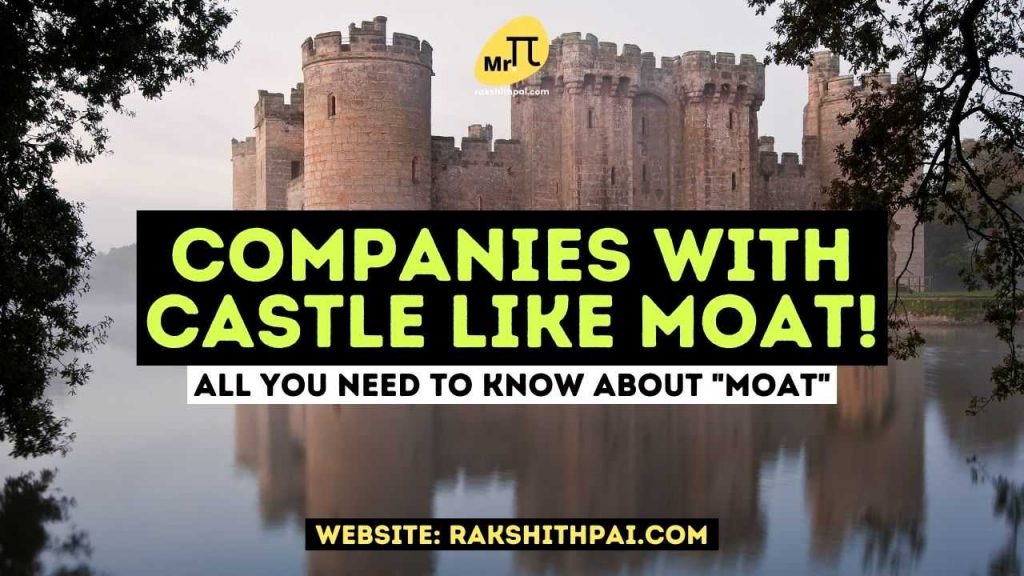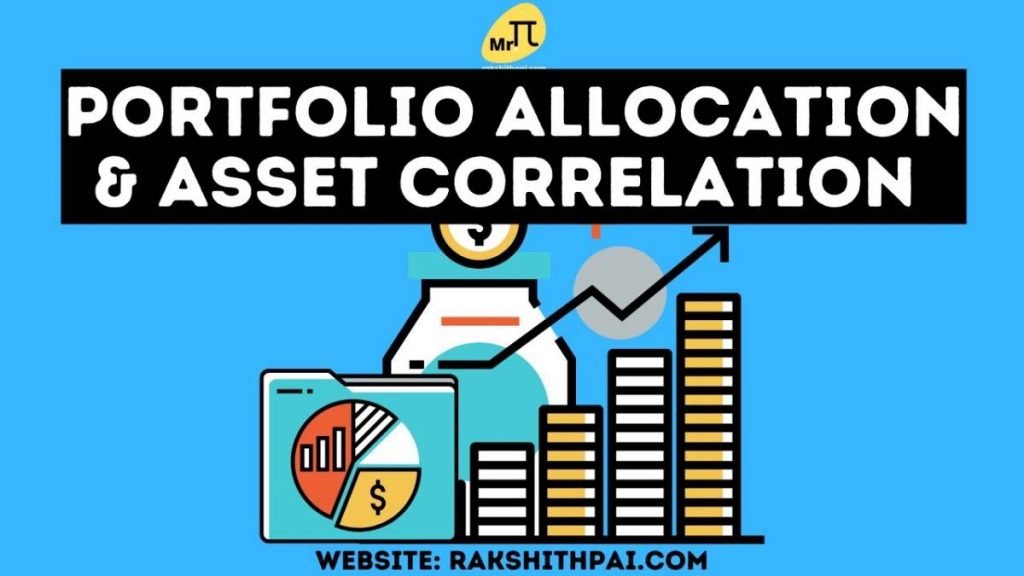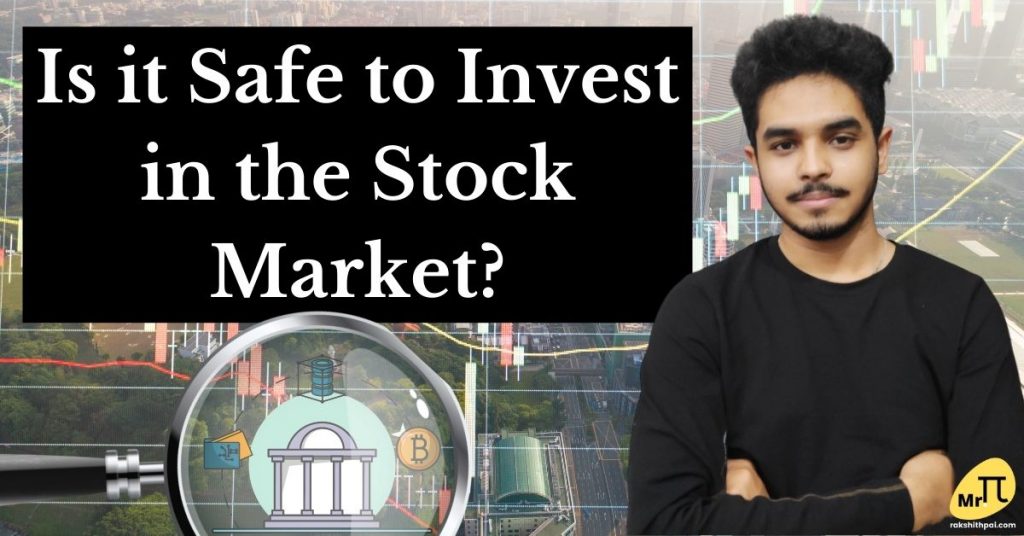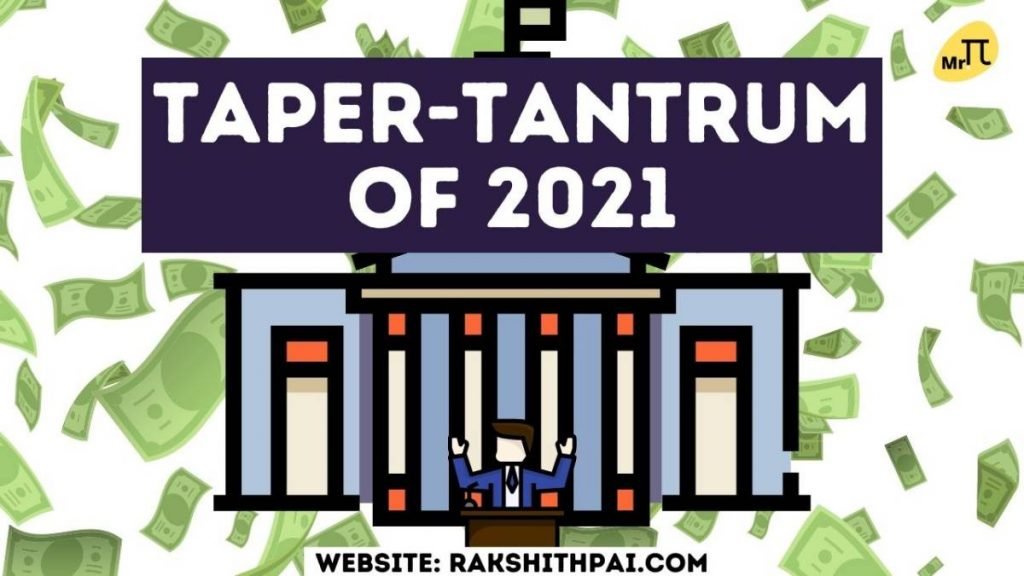Table of Contents
What is a MOAT?
When we say “MOAT”, It means, “Economic Moat”. The phrase “economic moat,” coined by Warren Buffett, refers to a business’s ability to retain a competitive edge over its competitors in order to safeguard its long-term earnings and market share from competitors.
As with a medieval castle, the moat helps to keep the fortress’s inhabitants and their treasures safe from intruders.
Companies with Strong MOAT turn out to be Market leaders in their Industry. We can also find such companies in “Coffee Can Investing”. CLICK HERE! to know more about Coffee Can Investing.
MOAT and its relevance to Investing:
A competitive advantage is essentially any feature that enables a business to deliver an item or service comparable to those supplied by rivals while outperforming those competitors in terms of profit.
A cost advantage, such as low-cost access to raw resources, is an excellent illustration of competitive advantage. Buffett and other great investors have mastered the art of identifying firms with strong economic moats but relatively low share prices.
However, one of the fundamental assumptions of contemporary economics is that, over time, competition will destroy whatever competitive advantages a corporation may have.
This impact happens because once a business achieves competitive advantages, its superior operations yield increased profits for the firm, creating a strong incentive for rival firms to copy the leading firm’s procedures or develop even better-operating methods.
Types of MOAT in a Company:
There are various methods for a business to develop an economic moat that gives it a strong competitive advantage. Below, we’ll look at several different types of MOATs.
Markets Share Advantage
Being large might occasionally serve as an economic moat for a business. A corporation gains economies of scale once it reaches a specific size. This occurs when a greater number of units of an item or service can be produced at a lower cost of input.
This results in cost savings in areas such as financing, advertising, and production. Large corporations competing in a particular industry often dominate the industry’s main market share, forcing smaller players to either exit the industry or hold smaller “niche” positions.
Cost Advantage
As seen by the lemonade stand, a cost advantage that competitors cannot reproduce may be an extremely successful economic moat.
Businesses with strong cost advantages can undercut any rival attempting to enter their field, either driving the opponent out or limiting its growth. Businesses with long-term cost advantages can retain a substantial market share in their sector by pushing out any new competitors.
Goodwill or Brand Value
Another sort of economic moat is generated by a firm’s intangible assets, which include patents, brand awareness, and government licensing.
Due to their strong brand awareness, these sorts of businesses may charge a premium for their products over those of rivals, hence increasing revenues.
Corporate Leadership
Certain reasons why a business could have an economic moat are more difficult to pinpoint. Soft moats, for example, can be established by great management or distinctive business culture.
While difficult to explain, a corporation’s sustained economic success may be largely attributed to its distinctive leadership and corporate climate.
Economic moats are notoriously difficult to spot during their construction. Their consequences become considerably more apparent in retrospect once a corporation has achieved extraordinary heights.
From an investor’s perspective, it makes sense to invest in expanding firms at the point when they begin to realize the benefits of a broad and enduring economic moat. In this scenario, the most critical component is the moat’s duration. The longer a business can reap profits, the more benefits accrue to itself and its stockholders.
Cost Sharing
Being the largest fish in the pond offers additional benefits. When a corporation achieves industry dominance, suppliers and consumers may face significant switching costs if they choose to do business with a new rival.
Due to these high switching costs, competitors have a tough time capturing market share from the industry leader.

How to Find “MOATs” in a Company?
Certain corporations, such as Reliance Industries and Tata Consultancy Services, plainly benefit from large moats. However, moats are not always visible. This is also true for businesses you may not be familiar with.
Examining historical stock performance and financial statements might be beneficial if you’re looking for stocks with large moats. While you’re examining the company more closely, keep an eye out for specific indicators that indicate a firm’s strength.
In order to Find a Company with Investable MOAT, check for the following aspects:
Cash Position
Ever heard the term “Cash is King?” Well, it is! Especially interim of companies that are flushed with cash. These are the companies that turn out to become market leaders in their business.
They can not only invest in better Research and Development and other required expenses. They also have the ability to buy off their competitors.
Numerous businesses choose to hoard cash. Instead of reinvesting the available cash or to it off as dividends. Some may argue that the company’s cash should be spent or returned to investors.
However, keep in mind that maintaining a sizable cash reserve will give a robust buffer if revenues fall short of projections.
Operating Performance
Companies with MOAT are better at their operating performance. So, any company with better than industry average operating performance could possess such a MOAT that’s helping the company to achieve the said performance figures.
To begin with, identify the company’s primary rivals. Then, compare their sales and profit margins to those of the firm you’re researching. If there is a significant difference between the company’s earnings and those of competitors, you can assume that the more lucrative firm has a broad moat.
Not affected by Economic Adversaries
Any company that could wave off economic uncertainties is by default equipped with MOAT.
Examine whether the firm continues to do so successfully despite the general state of the economy. This may indicate that there is something in its business model that enables it to survive in difficult times.
Market Dominance
Pidilite Industries “Fevicol” is reported to have a large moat around it. This is because Pidilites Fevicol sales vastly exceed those of any other Adhesive manufacturer. Due to the widespread usage of its brand by the majority of users. So much so that the brand itself has become the default name for the product.
Another such name is Nestle ‘Maggie’, You think of noodles, your mind immediately goes towards Nestle Maggie.
The success of these items provides their creators with a large moat, insulating them from the competition. They may even safeguard the business against the failure of its other items.
Research and Developments
Any company that doesn’t spend on R&D is destined to fail!
Companies die off from inefficiencies over time. Companies lose market share as they lose touch with the market and do not evolve as per the market needs.
In such a situation, one company will hold a unique patent on a product or technique that other businesses are compelled to adopt. This advantage has the potential to be a significant revenue generator that competitors will be unable to replicate.
Is business almost regards to the industry? Do consumers utilize a company’s product or service just because it is well-known and has been operating for a lengthy period of time? Oftentimes, merely having a lengthy, dependable presence in the industry may provide a significant benefit to a business.
How to Find the Competitive Advantage?
Retail investors make investment selections based on expert recommendations, word of mouth, and media attention. The more money you invest, the more critical it is to perform your own fundamental studies on companies prior to investing.
To invest confidently and responsibly, you must do a thorough stock analysis and have a complete grasp of the industry in which you intend to invest.
All businesses compete for the business of their clients, and a successful firm will always have an advantage over its competitors. This is the firm’s “secret sauce,” or the reason customers prefer one company over another.
What to look for: Amazon is an excellent example of a business that has a substantial “economic moat.” With free two-day delivery, Amazon transformed the retail sector, leading competitors to swiftly lose business due to their inability to match Amazon’s pricing or shipping guarantee.
A firm that has a competitive advantage is a positive indicator that you’ve discovered an excellent stock to invest in.
Check for the following points:
Industry Analysis
A comparison of the company’s performance to that of its rivals or other firms in the same industry sheds further light on the company’s performance in comparison to industry norms.
Annual reports published by the firm, industry reports by stock analysts, trade journals, surveys, and research papers all contribute to the formation of a clear image of industry trends.
Stock Research
To determine if a stock is worth the price it is trading at, one must examine the company’s valuation. While stock prices should be impacted by the company’s earnings, additional events such as a worldwide health crisis, foreign investment, or regulatory changes can disproportionately increase or deflate the value of a stock.
Ratio Analysis of a stock is also an excellent predictor of whether the stock’s price is excessive in comparison to its earnings per share. Analysts also examine historical data, including earnings per share over time.
A high P/E ratio may suggest an expensive business, whilst a low one indicates an undervalued stock. It is one of the indicators used to decide if a stock is worth purchasing or not.
Financial Statements
Stock market research is fundamentally a numbers game. If you already know the firm you want to invest in, a good place to start is with the company’s financial statements. These remarks are available to the public.
A cursory examination of the company’s balance sheet, income statement, and cash flow statement provides an objective summary of the company’s performance. Financial statements include information on sales, profit margins, and future profitability potential, allowing you to assess the company’s future earning potential.
Business Model
The method through which a firm earns money is referred to as its “business model.” While there is no one-size-fits-all approach to company management, successful businesses should position themselves to maximize revenues.
What to look for: When investigating a firm’s business strategy, educate yourself on the company’s goods and services, target market, and industry in which it competes.
Certain businesses (such as Amazon) are attempting to reach a broader audience through lower prices and higher volume sales. Other corporations (such as Apple) produce unique products for which people are willing to pay a premium. Numerous company models can be effective, but before investing, ensure that you understand – and agree with – how the firm is operated.
Ratio Analysis
A financial ratio, or accounting ratio, is the ratio of two numerical values extracted from an enterprise’s financial statements.
Numerous standard ratios are frequently used in accounting to attempt to analyze a corporation’s or other organization’s overall financial situation.
Conclusion
For the ordinary investor, the ideal investment is one that has a history of consistent growth. Additionally, it should be able to weather market downturns and difficult times. If you are investing for the long run, you should look for businesses that are resilient at times of stiff competition and changing market conditions.
So, which prominent stocks are known to have a broad moat? Pidilite Industries may be one of them. The corporation dominates the adhesive market, with some estimating that the company will account for over 70% of the market share in the industry.
Additionally, Pidilite’s built-in efficiency, warehouses, and supply chain systems make it extremely difficult for both online and brick-and-mortar retailers to compete.
CAMS (Mutual Fund), Praj Industries (Ethanol), Asian Paints (Decorative Paint), IRCTC (Indian Railway), etc. are some of the companies that are frequently lauded for their expansive moats. These are the world’s largest brick-and-mortar stores, with a considerable online presence. Additionally, they have a significant advantage in that they are able to provide a broad range of items at prices that are lower than their competitors.
Additionally, they are a bargain shop, which enables them to generate high sales both during prosperous economic times and when consumers have less money in their purses.
Examining historical stock performance and financial statements might be beneficial if you’re looking for stocks with large moats. While you’re examining the company more closely, keep an eye out for specific indicators that indicate a firm’s strength.
FAQs:
Disclaimer: All the information on this website is published in good faith and for general information purposes only.









